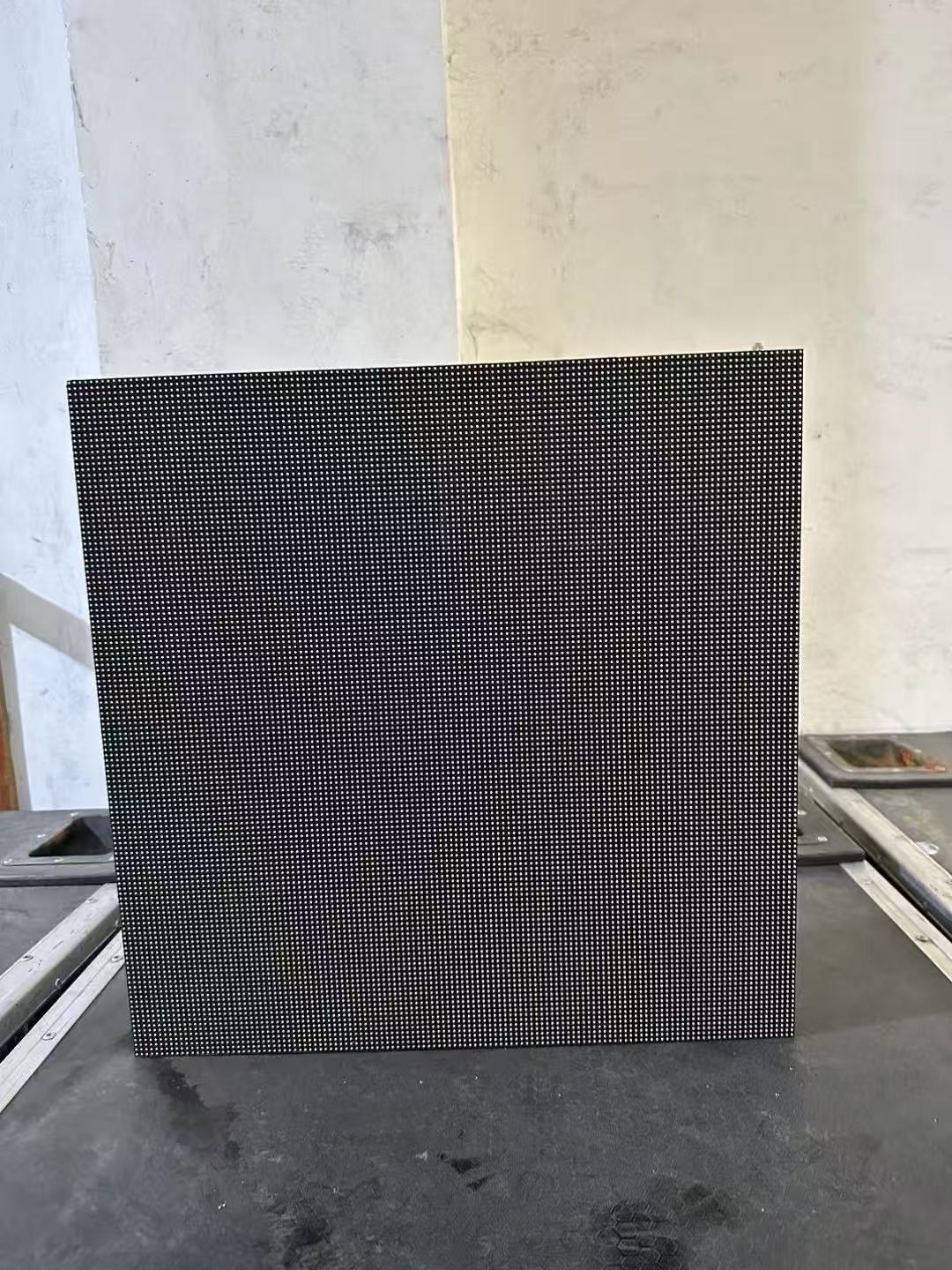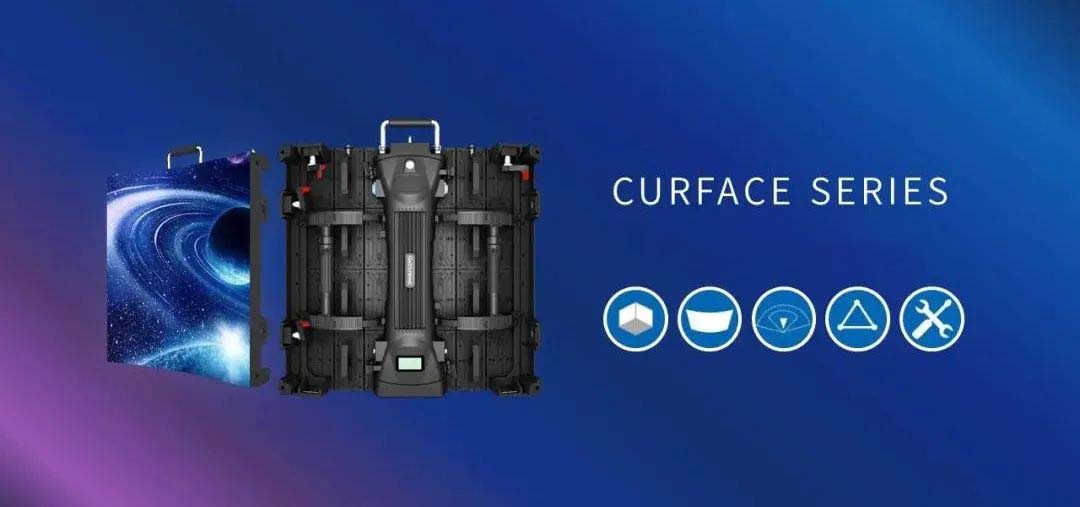Deciding between several types of LED displays in the rapidly developing world of LED technology can be difficult. Making an informed choice requires understanding the complexities of the many options accessible. GOB (Glass on Board) and COB (Chip on Board) LED displays are two strong competitors in the LED display market. Businesses and consumers looking to invest in cutting-edge visual solutions must understand the differences between these two technologies.
This article serves as a guide for anyone looking for clarity on the GOB vs. COB debate by explaining the fundamental ideas behind GOB and COB technology and investigating its practical applications in fields including healthcare and education as well as the entertainment, advertising, and entertainment industries.
GOB LED display For Sale
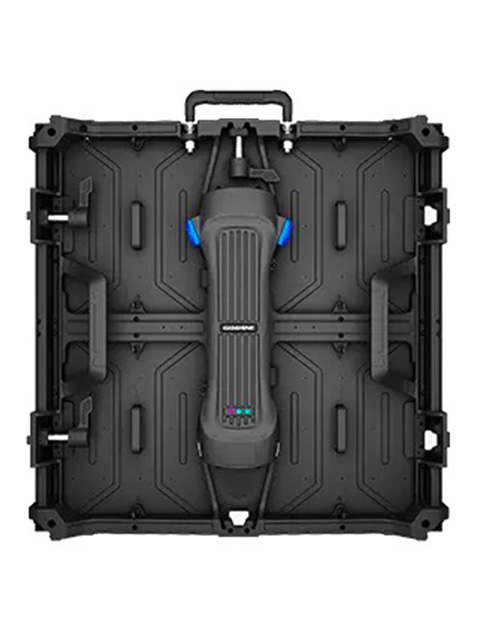
Gloshin PL Series indoor LED display adopts integrated design, which combines power supply, receiving card, hub card and back cover. Maintenance becomes a breeze.
You’ll love the flexibility of the PL+CL/CF combination. It offers design autonomy with CL single enclosures that support up to ±80° adjustments.
Installation is easy with our 45° tilt angle and magnetic vacuum. These features improve efficiency and make your setup quick and easy.
Worried about power outages? Our optional power sharing feature ensures continuous operation. If one unit loses AC power, the adjacent unit provides DC power to keep everything running smoothly.
We’ve made maintenance hassle-free. The PL Series supports both front and rear service, perfect for any installation environment. Enjoy fast maintenance and improved work efficiency.
Choose the Gloshin PL Series for a reliable, efficient and stylish indoor LED display. You’ll be amazed at its performance!
- LED: Kinglight GOB SMD1010
- IC:CS2066
- Receiving card: Novastar A10s Plus
- Cabinet Size:500×500
- Produced Year: 2021
- Stock: 50SQM
Introducing GOB and COB LED Display Technology
If you’re in the market for LED display technology, you’ve probably come across GOB and COB LED displays. These acronyms stand for “Group of Batches” and “Chip on Board” and refer to how the LED chips are arranged on the circuit board.
With GOB LEDs, multiple small LED chips – usually surface mount devices or SMD LEDs – are clustered together on a printed circuit board or PCB. The PCB has separate sections for the red, green, and blue LEDs, which are then combined to produce the full-color display. GOB LED displays tend to be lower cost, but the separate sections can result in an uneven color distribution.
COB or Chip on Board LEDs features three small LED chips – again in red, green, and blue – clustered together as a single module on the PCB. The chips are mounted directly on the board, allowing for better color mixing and more even light distribution. COB LED displays produce higher-quality images but at a higher price point.
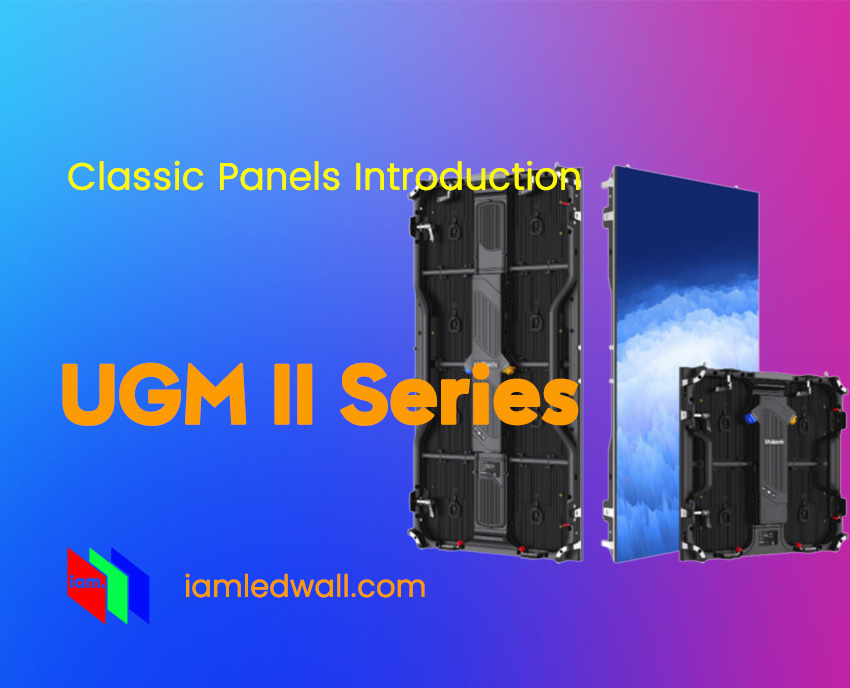
How GOB LED Displays Work
GOB LED displays work by combining many small LEDs into a matrix to form images and text. The LEDs are soldered onto a circuit board in a grid pattern. Each LED acts as a pixel that can be illuminated individually.
A controller provides power to the specific LEDs that need to be lit to form the desired image or text. It continuously and rapidly cycles through all the LEDs, lighting some and leaving others off, which creates the illusion of a static image to our eyes.
To get different colors, LEDs of different hues like red, green, and blue are used. By combining the three primary colors, a GOB display can produce a variety of colors and shades. The number of LEDs – from hundreds to many thousands – determines the resolution and overall size of the display.
More advanced GOB displays have surface-mounted devices or SMD LEDs that are even smaller, enabling higher resolution and more detailed images. Some are full-color displays with RGB LEDs, while single-color displays are typically red or amber.
GOB LED displays are commonly used for electronic signs, billboards, video walls, and other large-format display applications where high resolution is not required. They are more budget-friendly than some other technologies but still capable of creating bright, eye-catching visuals that get people’s attention!
With the right controller and software, a GOB LED display can display static images, scrolling text, basic animations, and video. The possibilities are endless for promotional advertising and public information displays. Overall, GOB LED displays offer an affordable and versatile solution for many LED display needs.
How COB LED Displays Work
In comparison to the more established GOB or Grouped Board LED displays COB or Chip on Board LED displays are a more recent technology that has several advantages.
On a single circuit board, COB LEDs fit several small LED chips. These chips, which are frequently composed of gallium nitride (GaN), are installed without the need for cables or bonding right into the circuit board. In order to get a better pixel density and resolution, this enables the chips to be positioned very closely together.
The phosphor layer that covers the LED chips causes it to glow white when activated by the chips’ blue light. This phosphor coating aids in light dispersion and uniform illumination throughout the panel. The result is an LED panel that produces a bright, high-quality image with wide viewing angles.
Some key benefits of COB LEDs:
- Greater contrast and brightness. More focused light output is provided by the dense LED configuration.
- Greater energy effectiveness. Compared to GOB displays, COB LEDs operate with fewer parts and less electricity.
- Extended lifespan. COB LEDs often need to be replaced after 60,000 to 100,000 hours.
- Lighter and thinner. COB LED panels are more portable and feature a more straightforward design with fewer elements.
- Cost savings. Although COB LEDs are more expensive up front, their increased efficiency and longer lifespan can result in cost savings over time.
Comparison of advantages between GOB and COB LEDs
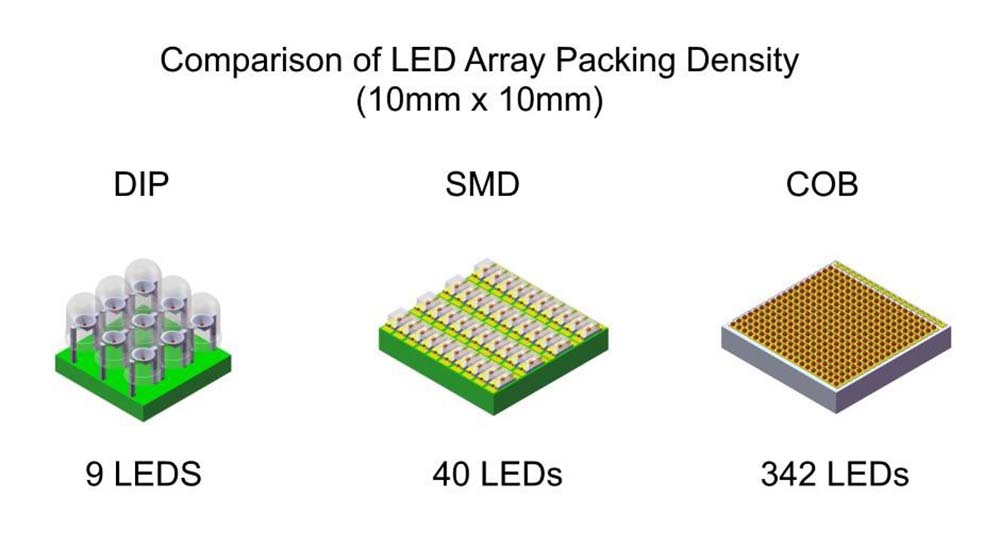
The advantages of GOB and COB technologies are listed below:
| Feature | GOB Advantages | COB Advantages |
|---|---|---|
| Viewing Angle | Wide | – |
| Color Uniformity | High | Difficult to achieve perfect color uniformity due to risks in wavelength and color separation |
| Contrast | High | – |
| Power Efficiency | High | – |
| Protection Performance | High (anti-collision, moisture-proof, dust-proof, etc.) for higher environmental adaptability | – |
| Manufacturing and Testing | Same as ordinary modules | Simpler and lower cost due to no LED diameter; Heat resistance from high-density packaging |
| Maintenance | Needs improvement | – |
| Brightness | – | High (up to 3000 Nits), three times that of most high-resolution displays |
| LED Placement | – | Micro LEDs placed independently for red, green, and blue colors |
| Installation | – | Easier due to ultra-thin PCB; Can be made into a lightweight LED |
| Heat Dissipation | – | Efficient through the copper foil on the board |
| Durability | – | Anti-corrosion, anti-static, waterproof, anti-oxidation, dust-proof, moisture-proof |
| Future Potential | – | Micro-pitch micro LEDs offer theoretically infinite pixel pitch reduction; Fine pitch display technology based on COB |
Key Differences Between GOB and COB LEDs
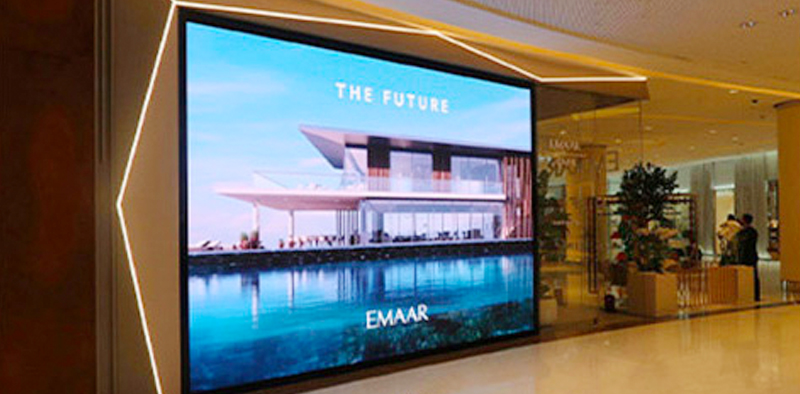
The two most popular forms of LED displays are COB (Chip on Board) and GOB (Group of Batches) LEDs. While they are both bright, energy-efficient options, there are a few key differences to keep in mind.
· Manufacturing Process
GOB LEDs are made up of many small LED chips grouped together on a circuit board. COB LEDs have all the LED chips bonded directly to a single substrate. COB LEDs tend to be more compact since the chips are mounted very close together.
· Brightness
COB LEDs often appear brighter than GOB LEDs. This is because the densely packed LED chips in COB LEDs emit light from a smaller surface area so the luminosity seems more concentrated. COB LEDs also tend to have better heat dissipation which helps maximize brightness. However, GOB LEDs can still achieve high brightness levels with more LED chips.
· Reliability
The compact design of COB LEDs means there are more potential points of failure. If one LED chip fails or becomes disconnected, it can affect the whole module. GOB LEDs tend to be more reliable since individual LED chips are separate and modular. If one chip fails, the others will typically still work.
· Cost
COB LEDs tend to be more expensive to produce due to their more complex manufacturing process and higher density of components. GOB LED displays have a lower cost to manufacture and assemble so they are often more budget-friendly. However, the lower LED display power consumption and higher energy efficiency of COB LED displays can help offset costs over the lifetime of the product.
In the end, both GOB and COB LEDs are great options for LED displays and lighting. Consider your specific needs, priorities, and budget to determine which technology is right for your application. With an understanding of these key differences, you’ll be able to make the best choice for your project.
Comparison of GOB with SMD and COB technology
Here’s a comparison of the advantages of GOB, SMD, and COB technologies in LED display panel integration:
| Feature | SMD/DIP Advantages (Version 1.0) | COB Advantages (Version 2.0) | GOB Positioning |
|---|---|---|---|
| Packaging | Single lamp bead discrete package with bracket | Multi-lamp bead integrated board package, bracketless | Utilizes traditional SMD/DIP packaging plus a glue protection treatment process |
| Integration Technology | Display panel integration after packaging | In-package display panel integration | Inherits version 1.0 integration technology with additional surface protection |
| Industrial Chain Form | Upstream (LED chip) + Midstream (package) + Downstream (display manufacturers) | Upstream (LED chip) + Downstream (packaging panel factory) | Follows the traditional industrial chain form, with the GOB process added in the downstream (display manufacturers) |
| Application | – | Suitable for high-definition displays in control rooms, conference rooms, network centers, etc. | – |
| Protection Treatment | – | – | Glue protection treatment for enhanced surface protection (e.g., moisture, dust) after SMT process is completed |
Conclusion
Now that you are aware of the main distinctions between GOB LED displays and COB LED displays, you can make an informed decision. Both have their pros and cons and really depend on your particular needs and application. Whichever you choose, LEDs are a great eco-friendly option that can make your space shine bright for years to come. At the end of the day, you can’t go wrong. Do a bit more research to determine what factors matter most for your situation. Then take the plunge and enjoy your new energy-efficient lighting.
